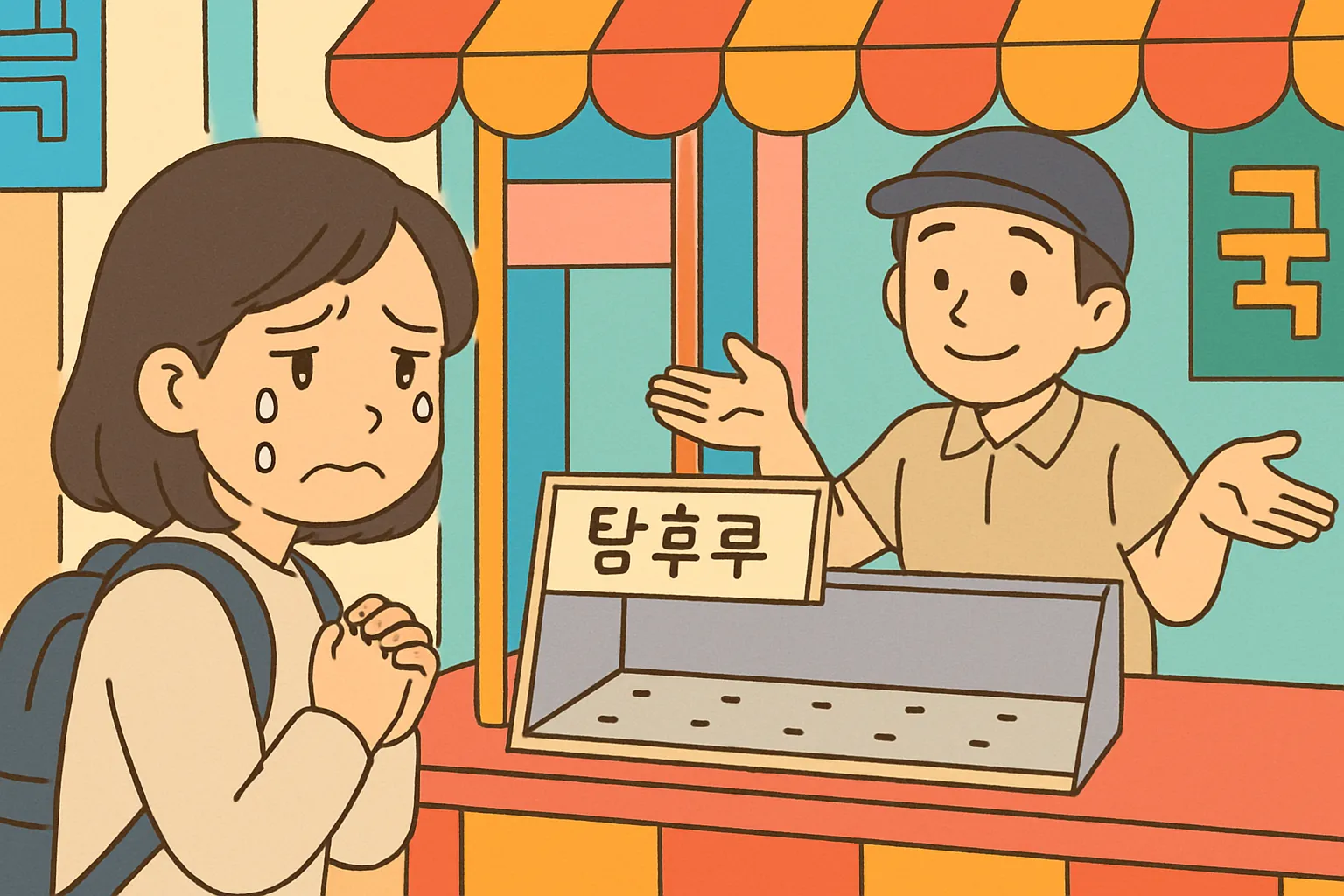Beyond Words: Master Korean ‘Nunchi’!
Hello! This is [Maeil Hangeul], here to upgrade your Korean skills!
Have you ever been in a conversation with Koreans and felt like you were missing something? As if there was a whole other conversation happening between the lines? You’re not imagining it! Today, we’re diving deep into a crucial aspect of Korean communication: the difference between high-context and low-context cultures.
Lately in Korea, as global business and cultural exchanges are booming, understanding these unspoken rules has become more important than ever. Mastering this will not only prevent misunderstandings but also help you build stronger, more authentic relationships in both your professional and personal life. Let’s get started!
Core Expressions for High-Context Communication
Korea is a classic example of a high-context culture, where meaning is often implied rather than stated directly. Here are the key concepts you need to know.
- 눈치 (Nunchi)
- Pronunciation [Romanized]: Nunchi
- English Meaning: Literally “eye-measure”; the subtle art of instantly gauging a social situation, understanding others’ thoughts and feelings, and “reading the air.”
- Detailed Explanation: Nunchi is a social superpower in Korea. It’s not about being a mind-reader, but about being highly perceptive of non-verbal cues, the overall mood (분위기), and the relationships between people in a room. Someone with quick nunchi (눈치가 빠른 사람) is seen as socially intelligent and considerate. This is a crucial skill in all social settings, from casual dinners to high-stakes business meetings.
- 분위기 파악 (Bunwigi Paak)
- Pronunciation [Romanized]: Bun-wi-gi Pa-ak
- English Meaning: To grasp the atmosphere; to read the room.
- Detailed Explanation: This is the action of using your nunchi. When someone tells you to “분위기 파악 좀 해,” they are asking you to stop and assess the situation before you speak or act. It’s a verb phrase that means actively trying to understand the context and mood. Is it a time for jokes, or a time for serious discussion? Bunwigi paak helps you decide.
- 알아서 하다 (Araseo Hada)
- Pronunciation [Romanized]: A-ra-seo Ha-da
- English Meaning: To handle something by oneself; to figure it out and take the initiative.
- Detailed Explanation: This phrase perfectly illustrates a high-context expectation. Instead of receiving detailed, step-by-step instructions (a low-context trait), you might be told to “알아서 하세요.” This means your superior or colleague trusts you to use your judgment, understand the overall goal, and complete the task competently without needing to be micromanaged. It shows a high degree of trust, but can be challenging for those used to explicit directions.
Example Dialogue
Here’s how these concepts might play out in a typical Korean office setting. Alex is a new employee from a low-context culture, and Min-jun is his Korean colleague.
A (Alex): 민준 씨, 아까 회의에서 부장님이 제안서에 대해 ‘검토해 보겠다’고만 하셨는데, 긍정적인 신호일까요?
(Min-jun, the department head only said he’d ‘review’ my proposal in the meeting earlier. Is that a positive sign?)
B (Min-jun): 음, 알렉스 씨. 그건 분위기 파악을 잘해야 해요. 부장님 표정이 좋지 않으셨잖아요. 아마 돌려서 거절하신 걸 거예요.
(Hmm, Alex. You have to be good at reading the room for that. His expression wasn’t very good, was it? He was probably rejecting it indirectly.)
A (Alex): 아, 정말요? 저는 전혀 몰랐어요. 그럼 이제 어떻게 해야 하죠?
(Oh, really? I had no idea. What should I do now, then?)
B (Min-jun): 좋은 눈치를 보여줄 기회예요. 부장님이 지적하신 부분을 중심으로 알아서 수정안을 준비해 보세요. 그게 우리가 일하는 방식이에요.
(This is a chance to show you have good nunchi. Try to take the initiative and prepare a revised proposal focusing on the points he hinted at. That’s how we work here.)
Culture Tip & Trend Deep Dive
As K-dramas about office life like Misaeng (미생) or Start-Up (스타트업) have gained global popularity, viewers get a glimpse into this high-context environment. A character’s success often depends less on what they say and more on their 눈치.
Here’s a pro-tip for you: In Korea, silence is a powerful communication tool. If you ask a question and are met with a long pause or a vague answer like “글쎄요…” (Well, I’m not sure…), it often signals disagreement or discomfort. Instead of pushing for a direct “yes” or “no,” it’s wiser to use your 분위기 파악 skills. Acknowledge the hesitation and perhaps rephrase your suggestion or offer to discuss it later. Mastering this will make you seem incredibly astute and respectful in professional settings, marking you as someone who truly understands the culture beyond the language.
Wrap-up & Practice
Today, we learned that effective communication in Korean goes far beyond grammar and vocabulary. It requires 눈치 (nunchi) to 분위기 파악 (read the room) so you can 알아서 하다 (take the right initiative). It’s a challenging but incredibly rewarding skill!
Now, let’s test your understanding!
- Fill in the blank:
Your team is celebrating a huge success, but your boss walks in looking very stressed about another project. You should have the _________ to quiet down and not bother him. (Hint: The social superpower!) -
Scenario:
You are asked to plan a welcome dinner for a new client. Your boss simply says, “잘 부탁해요” (I’m counting on you). What does “알아서 하다” mean in this situation?
Share your answers and any experiences you’ve had with high-context communication in the comments below! We’d love to hear your stories.






